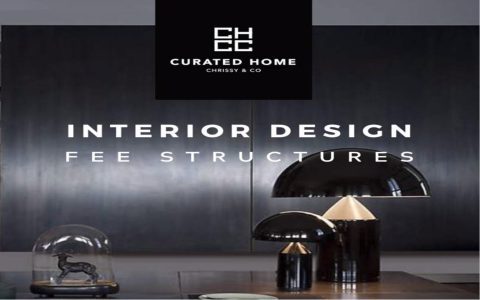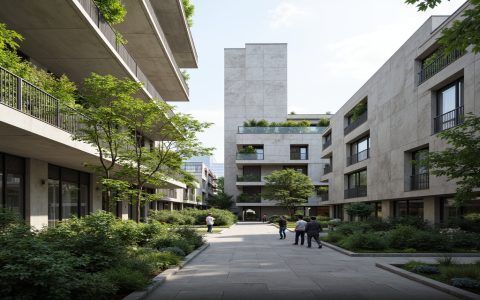Understanding showroom interior design costs is essential for effective budgeting. Key factors influencing pricing include size, complexity, location, materials, and professional fees. Costs typically fall into three categories:
Major Cost Components
- Design Fees: Typically range from 5% to 15% of the total project cost or charge $80-$200+ per hour. Fixed-fee packages exist for standard scope projects.
- Construction & Build-Out: The largest expense. Basic renovations start at $50-$100/sq ft. High-end materials and complex layouts can exceed $200/sq ft. Includes partitioning, flooring, ceilings, MEP (mechanical, electrical, plumbing), and finishes.
- Fixtures & Furnishings: Display units, lighting, counters, seating. Costs vary widely: stock fixtures cost $1,000-$5,000+, custom designs $10,000+.
- Technology & Lighting: Specialized track lighting, LED systems, AV equipment, interactive displays significantly impact budget.
- Permits & Fees: Often overlooked, can be 2%-5% of total budget depending on locality.
Affordable Design Pricing Tips
- Prioritize Phasing: Tackle essential structural and functional elements first. Add aesthetic upgrades later as budget allows.
- Opt for Modular Systems: Utilize versatile, off-the-shelf display units instead of fully custom built-ins.
- Repurpose & Refresh: Refurbish existing fixtures and furniture. A new finish or configuration can dramatically update the space.
- Focus Lighting Impact: Strategically place high-quality, energy-efficient LED spotlights on key displays instead of lighting the entire space uniformly.
- Negotiate Fee Structures: Discuss hybrid pricing models (e.g., fixed fee for schematic design + hourly for detailed drawings). Clearly define scope to avoid creep.
- Source Smartly: Explore commercial-grade but cost-effective alternatives to premium materials for large surface areas. Utilize local suppliers to reduce shipping.
- DIY Simple Elements: Handle basic tasks like painting or final styling installations internally if feasible and permitted.
A well-planned showroom enhances brand perception and customer engagement. Investing strategically in critical touchpoints while seeking smart savings elsewhere yields a professional result without overspending.







